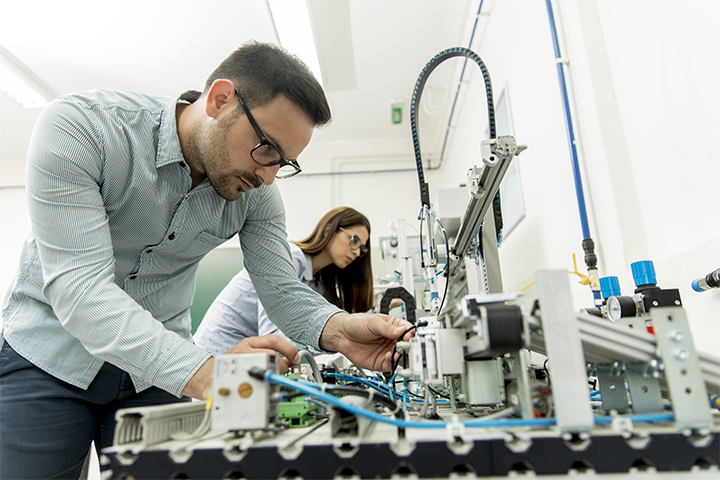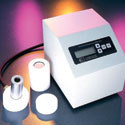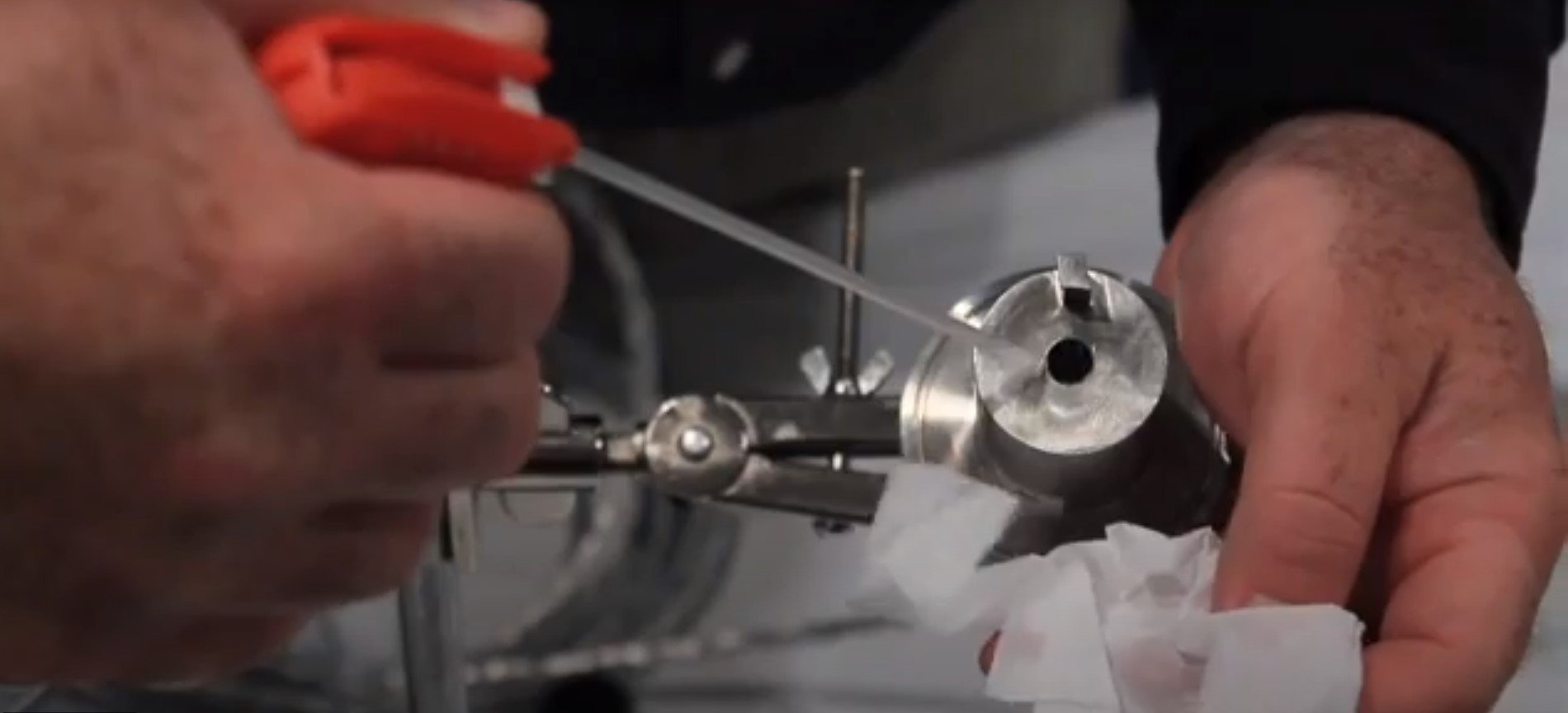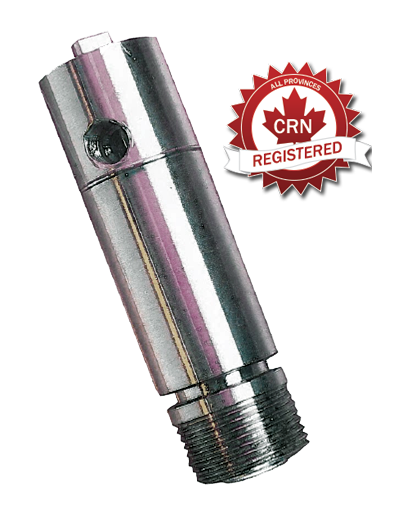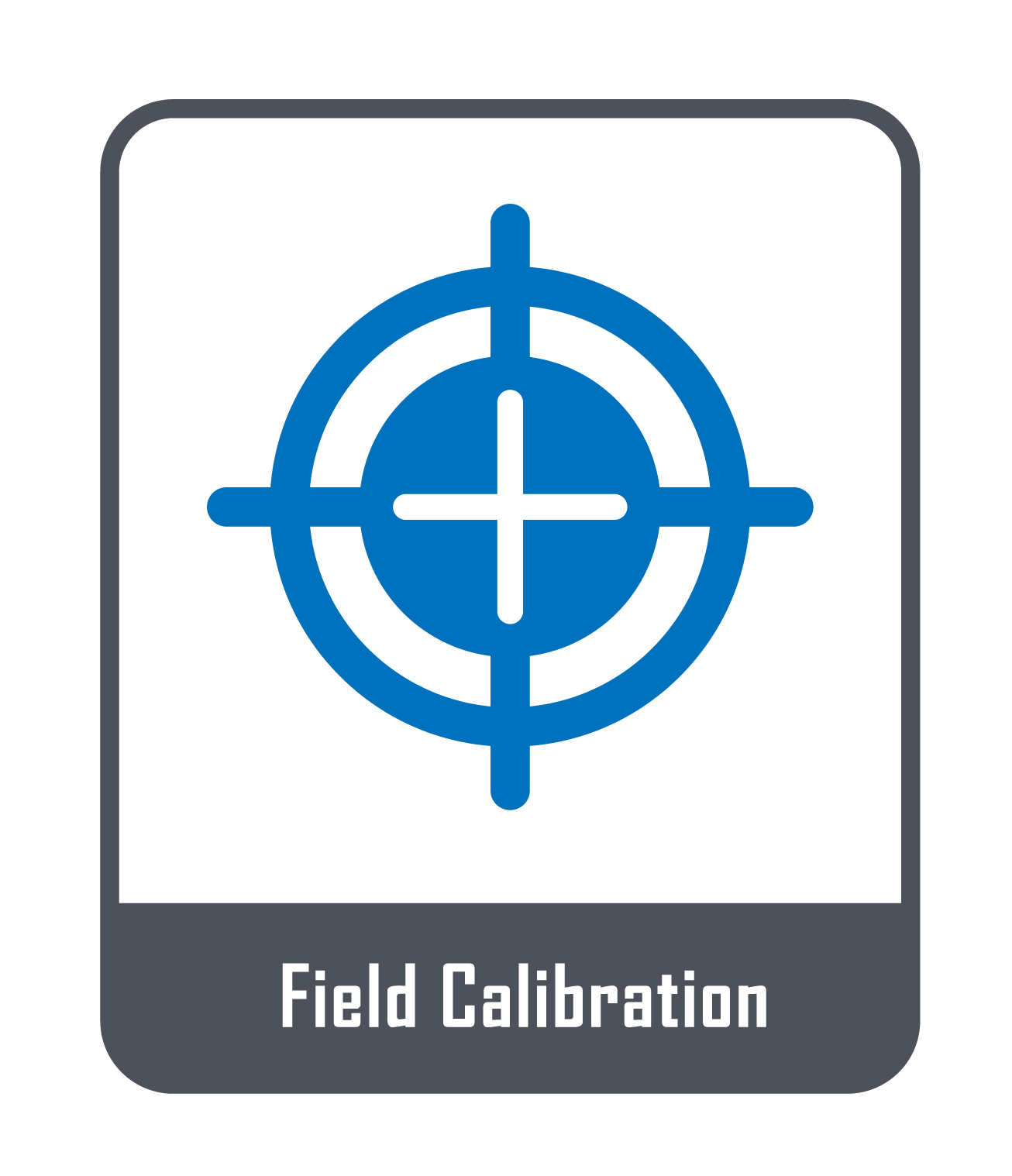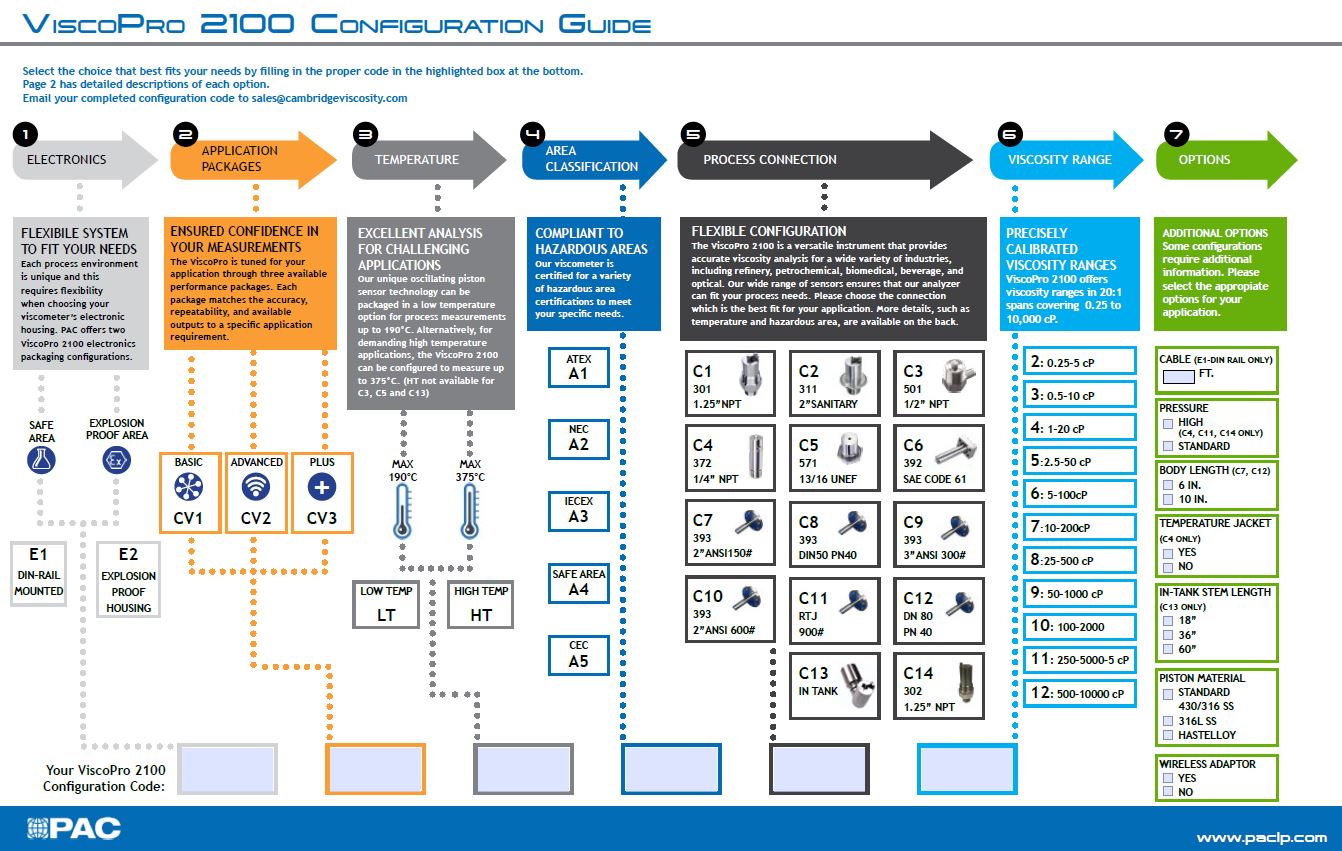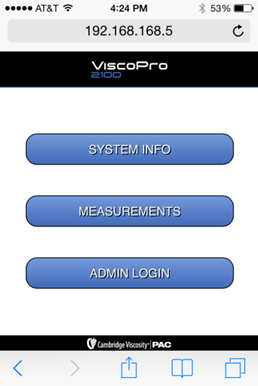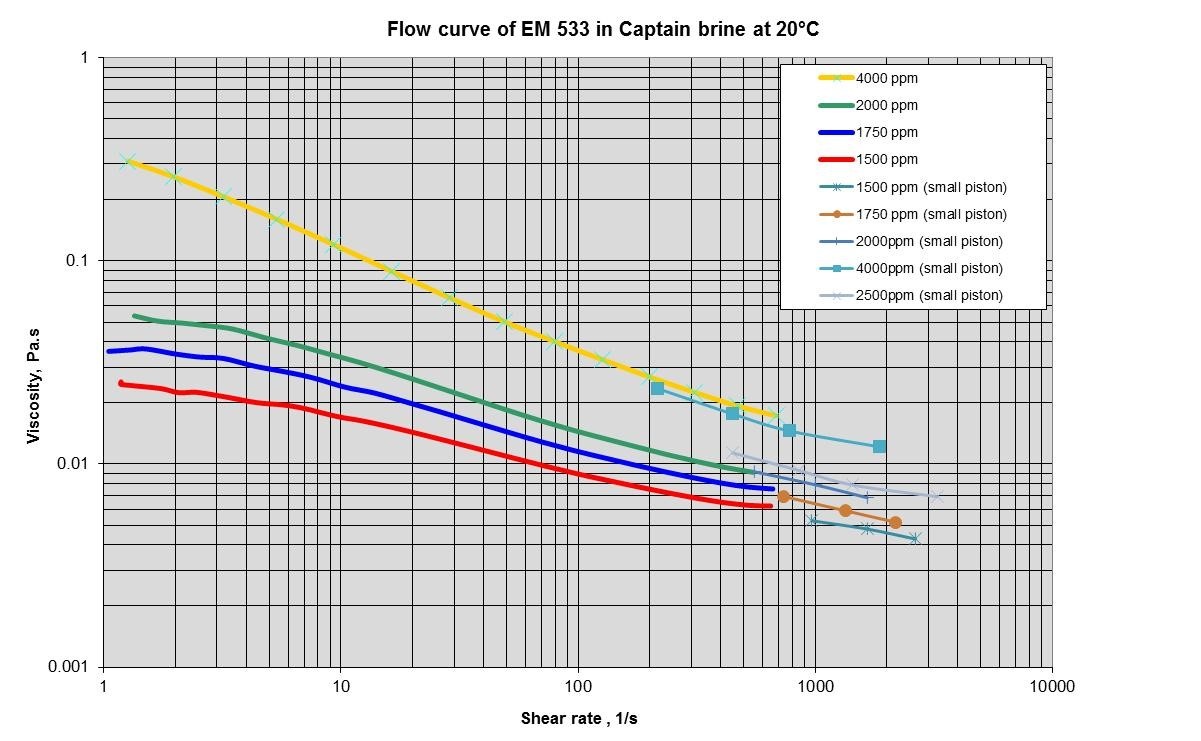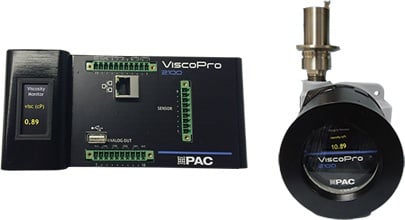Quality control and the ability to meet the demand for rapidly changing technologies are big challenges for electronic components manufacturers. Parts like capacitors – which can be as small as the head of a pin in certain applications – must meet critical performance targets. Cambridge Viscosity helped a U.S.-based manufacturer overcome one of its manufacturing challenges. The company wanted to use a paste to apply dielectric material with highly precise characteristics in a paste form onto a capacitor substrate, which had a significant impact on the final product characteristics.
Recent Posts
Viscosity Measurement Helps to Overcome Manufacturing Challenges
Oct 21, 2020 6:00:00 AM / by Patrick Riley posted in viscosity measuring solution, viscosity control
Eliminate Paint Problems Before They Happen
Oct 7, 2020 9:46:49 AM / by Patrick Riley posted in coating viscosity, viscometer, process viscometer, paint viscosity
In an auto industry that is more competitive than ever, any technology that enhances quality is well worth considering – especially when the benefits far outweigh any costs.
How often should I calibrate my viscometer?
Sep 30, 2020 11:16:05 AM / by Patrick Riley posted in process viscometers, viscosity, viscometer calibration
This question gets asked frequently due to concerns about validating data and measurement using inline or laboratory viscometers. The answer ultimately depends on how critical the measurement is and the type of viscometer used in your application.
CASE STUDY: Using Viscosity Measurement to Achieve Consistent Coatings
Sep 2, 2020 1:29:00 PM / by Patrick Riley posted in coating viscosity, ViscoPro 2100, Glass coating viscosity, thin film coating, madico
Monitoring the viscosity of coating products to achieve higher product quality and reduce maintenance downtime
CHALLENGE
Controlling the viscosity of coating products is a significant challenge for manufacturers across a wide range of applications, from optical and medical to drum coating. The fluids are often difficult to work with and must be formulated and used within strict parameters to achieve the desired film weight, thickness, and image characteristics.
Preventative maintenance of my process viscometer
Aug 26, 2020 11:19:26 AM / by Patrick Riley posted in monitor viscosity, in-line viscometers, viscometer, process viscometer
Cambridge Viscosity process viscometers are known for robust operation and reliability in viscosity measurements. Performing scheduled Preventative Maintenance (PM) on your Cambridge Viscosity viscometer is vital to system operation, longevity, and verification. Cambridge Viscosity recommends performing PM on your viscometer on an annual basis as defined in our Operational Manual. PM can be performed at more frequent intervals if deemed necessary due to internal QA or other departmental policies.
Minimizing Piping and Volume Requirements for Viscosity Measurements
Aug 19, 2020 8:50:38 AM / by Patrick Riley posted in coating viscosity, eyewear viscosity
Most viscometer sensors require a large tee or housing to accept their sample volume requirements. This is fine in larger diameter process lines, say 2” and above, but it becomes an engineering hurdle when space is a premium and overall system volumes are limited, such as in dip coating applications for medical devices or optical lenses. There are in-line viscosity solutions available for small diameter process lines and low volume systems.
How to Field Calibrate Your Viscometer
Aug 12, 2020 8:00:00 AM / by Patrick Riley posted in process viscometers, viscosity measuring solution, viscosity management, in-line viscometers, viscosity
Comparing on-line viscosity measurements to the lab is challenging. Process conditions can change, laboratory samples can off-gas, fluids may be non-Newtonian and measure
How to Configure my Viscometer
Aug 5, 2020 8:08:45 AM / by Patrick Riley posted in ViscoPro 2100, viscometer
The Viscometer Configuration Guide is used to build our viscometer to meet your unique process needs. Our VISCOpro 2100 platform offers a range of options for different mounting, outputs, and sensors choices. The guide steps you through choosing these options and builds a specific product code which can be used for specifications, pricing, drawings, and literature.
How do I know my new viscometer is working properly?
Jul 23, 2020 8:00:00 AM / by Patrick Riley posted in monitor viscosity, in-line viscometers, viscometer
Each new Cambridge Viscosity viscometer ships with a certified hydrocarbon-based viscosity reference standard which is used to confirm proper system operation and accuracy. A data sheet with viscosity versus temperature is included to provide precise viscosity values in increments of 0.1C.
How to Use Temperature Compensated Viscosity on my Viscometer
Jul 15, 2020 4:06:14 PM / by Patrick Riley posted in viscosity measuring solution, viscosity control, How to measure viscosity
Viscosity and temperature are interdependent. Correlating viscosity data between the process and the laboratory can be difficult, especially when the process temperature fluctuates and the lab viscosity measurements are taken at a fixed temperature. More often than not, periodic lab viscosity measurements are not adequate for process control as process changes can result in drift and the result is that the actual viscosity od the end-product and end up significantly different from the lab projection.
The answer to this problem is TCV or Temperature Compensated Viscosity.
TCV provides an accurate calculation of viscosity at a specific reference temperature which differs from actual process conditions. This function assumes a linear relationship between temperature and the double logarithm of viscosity and is based on ASTM Method D341. Once enabled, TCV is highly accurate for Newtonian hydrocarbons and yields a reliable approximation for most other Newtonian and non-Newtonian fluids.
The ViscoPro2100 viscometer incorporates a TCV feature and it can be enabled through the Web User Interface (UI). The following article provides you with the necessary information to enable and set-up the Temperature Compensated Viscosity feature on your viscometer so that you can adequately correlate the process viscosity and laboratory viscosity and provide uniform product to your customers.
How to Log Into a Viscometer with a Smart Phone
Jun 22, 2020 1:36:00 PM / by Patrick Riley
Smart phones are everywhere and bring us a level of convenience and connectedness that was unimaginable even a decade ago. You can use your phone to order food, fill out the census, trade stocks, make complex calculations and a million other things. Now you can also talk to your viscometer without the need for a display interface or networking the device. Using a wireless fob connected to the Ethernet port on the viscometer, you can download logs, change units and settings or even calibrate the device. We've developed safe, secure and reliable convenience for viscometer users.
Creating Shear Sweeps with an Oscillating Piston Viscometer
Mar 30, 2020 12:00:00 AM / by Patrick Riley posted in in-line viscometers
Using the oscillating piston method to produce rheometric data by providing viscosity values at known shear rates with non-Newtonian fluids.
Looking at the Future of Viscosity Management
Feb 28, 2020 12:00:00 AM / by Patrick Riley posted in in-line viscometers

